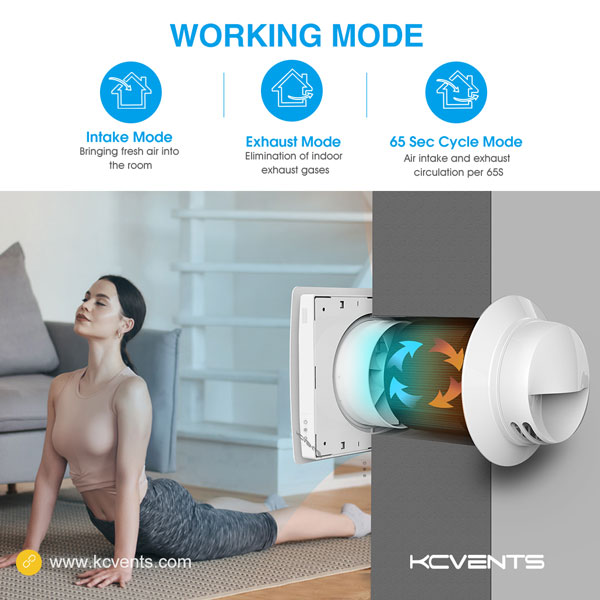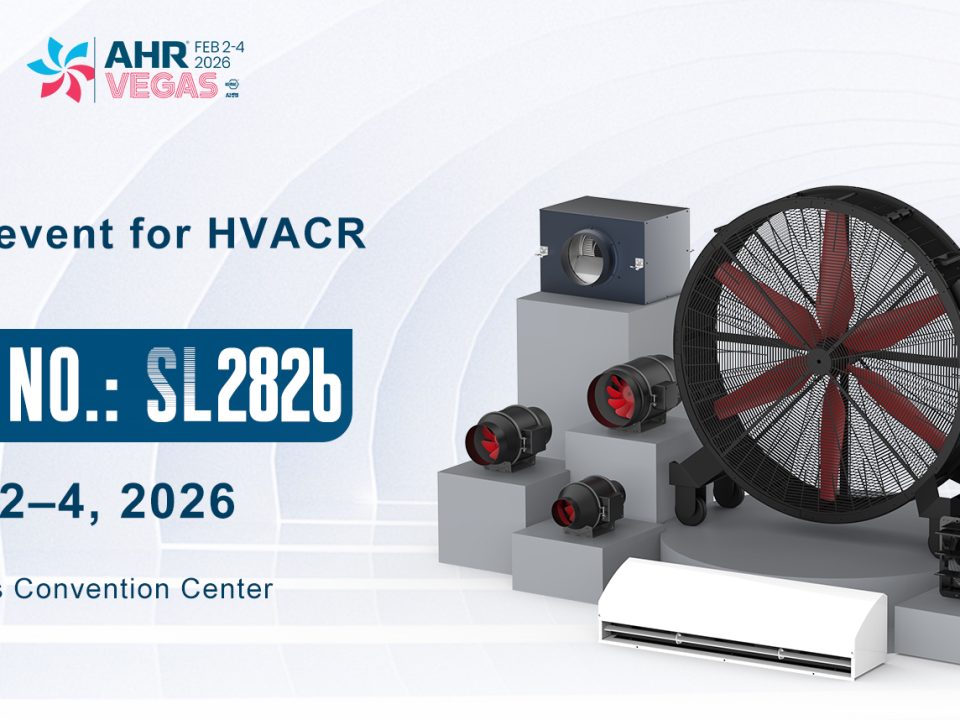Life inside today’s tight home generates both moisture and pollutants. The moisture comes from cooking, washing, showers and breathing.Areas of excessive moisture are also breeding grounds for mold, mildew, fungi, dust mites and bacteria. In addition to excessive moisture and biological contaminants, appliances that utilize combustion have the potential for allowing gases, including carbon monoxide, and other pollutants to escape into the air. Even breathing can add to the problem when carbon dioxide reaches excessive levels, creating stale air.
The American Society of Heating, Refrigerating and Air-Conditioning Engineers (ASHRAE) sets the standard for residential ventilation at a minimum of .35 air changes per hour, and not less than 15 cubic feet per minute (cfm) per person. An old home may very well exceed these values—especially on a windy day. However, on a calm winter day, even a drafty house may fall below the recommended minimum ventilation standard.
There are partial solutions to the indoor air-quality problem. For example, an electrostatic filter installed in a forced-air heating system will reduce airborne contaminants, but it won’t help with moisture, stale air or gaseous pollutants.A better whole-house solution is to create balanced ventilation. This way, one fan blows the stale, polluted air out of the house while another replaces it with fresh.
A heat-recovery ventilator (HRV) is similar to a balanced ventilation system, except it uses the heat in the outgoing stale air to warm up the fresh air. A typical unit features two fans—one to take out household air and the other to bring in fresh air. What makes an HRV unique is the heat-exchange core. The core transfers heat from the outgoing stream to the incoming stream in the same way that the radiator in your car transfers heat from the engine’s coolant to the outside air. It’s composed of a series of narrow alternating passages through which incoming and outgoing airstreams flow. As the streams move through, heat is transferred from the warm side of each passage to the cold, while the airstreams never mix.
VT501 HRVs are ideal for tight, moisture-prone homes because they replace the humid air with dry, fresh air. In climates with excessive outdoor humidity, an energy-recovery ventilator is more suitable. This device is similar to an HRV, but dehumidifies the incoming fresh airstream.


